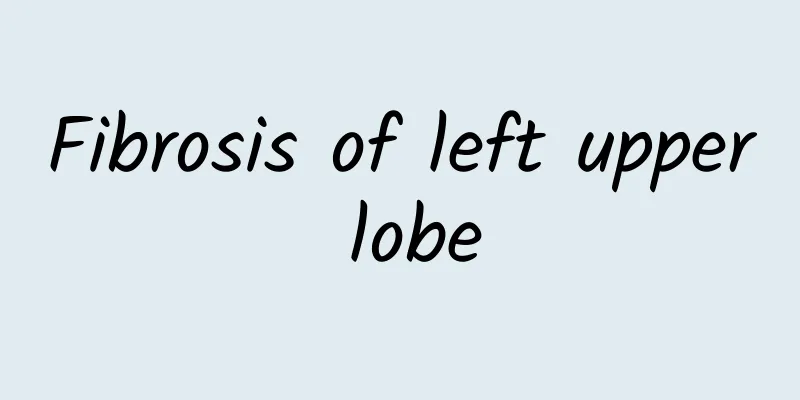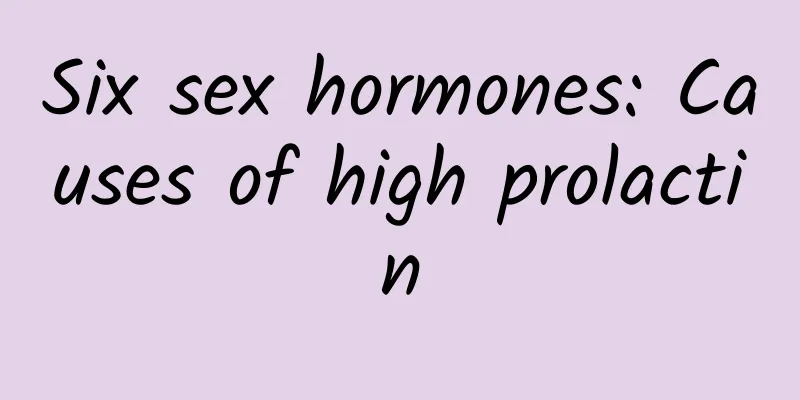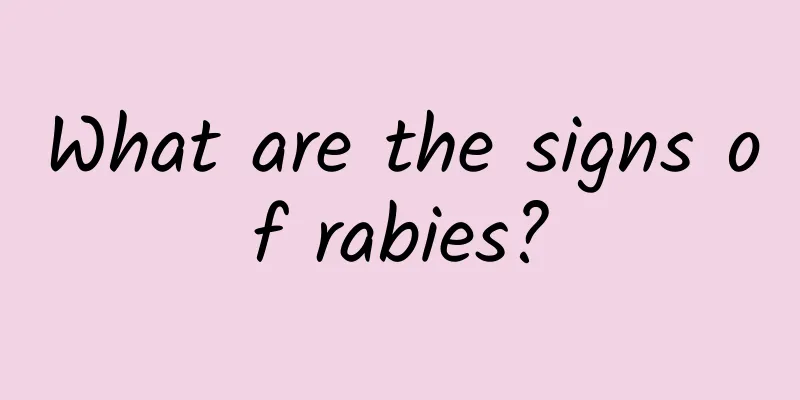Fibrosis of left upper lobe

|
In daily life, we must pay attention to protecting our lungs, because if we do not pay attention to protecting our lungs, we may develop pulmonary fibrosis during the process of the lungs' self-healing. I believe everyone should know about pulmonary fibrosis. This is a lung disease that is very difficult to cure and has a relatively large impact on the patient's body. If a patient is found to have pulmonary fibrosis lesions in the upper left lung during an examination, what treatment should be adopted? Pulmonary fibrosis is often the fibrotic lesion left over after natural healing of lung infection. The interstitial tissue of the lung is composed of collagen, elastin and protein sugars. When fibroblasts are damaged chemically or physically, they will secrete collagen to repair the interstitial tissue of the lung, thereby causing pulmonary fibrosis; that is, the result of the body's repair after the lungs are damaged. Common causes include recovery from tuberculosis or other signs of recovery from injury. If the scope of fibrosis is small, it will have little effect on the body. If the scope is wide, it may lead to reduced lung function, hypoxia and difficulty breathing. Normal lung interstitium is composed of a small number of interstitial macrophages, fibroblasts, myofibroblasts, as well as lung matrix, collagen, macromolecules, non-collagenous proteins, etc. When pulmonary interstitium is diseased, the quantity and properties of the above components will change. It is manifested by obvious inflammation invading the alveolar wall and adjacent alveolar wall cavity, type II alveolar epithelial cells replacing type I alveolar epithelial cells, obvious thickening of the alveolar septum and pulmonary fibrosis, and finally loss of pulmonary capillaries. Disease Alveolitis appears in the early stage, with serous and cellular components in the alveoli, a large number of monocytes, some lymphocytes, plasma cells, alveolar macrophages and other inflammatory cells infiltrating in the pulmonary interstitium, and the alveolar structure is intact. In the late stage, chronic inflammation has been alleviated, the alveolar structure is replaced by solid collagen, the alveolar wall is destroyed, and an expanded honeycomb lung is formed. Collagen, extracellular matrix, and fibroblasts are distributed in the interstitium, and the alveolar epithelium metaplasias into squamous epithelium. Based on the above pathological changes, clinical manifestations are mostly progressive dyspnea or irritating dry cough. Chest X-ray shows reticular shadows in both middle and lower lung fields, and lung function is restrictive ventilation dysfunction. The disease continued to progress and eventually the patient died of respiratory failure. |
<<: Symptoms of pulmonary fibrosis
>>: How to treat mild pulmonary fibrosis
Recommend
What to do if you have varicose veins on your legs
Varicose veins on the legs should be treated prom...
Is it suitable to exercise when you have a cold?
If you don’t pay attention in your daily life, it...
What ointment should I use for neck allergy
Everyone has some allergies to some extent. Gener...
Can I still wait for the birth if the placenta is aging?
The placenta is the place where a woman supplies ...
What to do if you feel dizzy and nauseous due to low blood sugar
In our daily lives, we find that more and more pe...
Best bowel movement schedule of the day
It is normal for people to defecate once or twice...
How to treat vertigo syndrome
I don’t know if any of you have ever encountered ...
Are there serious side effects of Jianer Pills?
Although children's metabolism is very rapid, ...
Can I eat nectarines during early pregnancy?
The nutritional value of nectarines is relatively...
My period was delayed for a few days.
Everyone has a few days of menstruation during wh...
Why do girls have excessive secretions?
The increase in girls' secretions is due to b...
What is the cause of bloody mucus in stool?
If there is blood and mucus in the stool, you sho...
What causes urinary retention?
With the continuous improvement of daily life act...
Causes of sacroiliitis
Sacroiliitis is a type of osteoarthritis. Symptom...
Treatment of osteoporosis
Osteoporosis is not difficult to see in today'...









